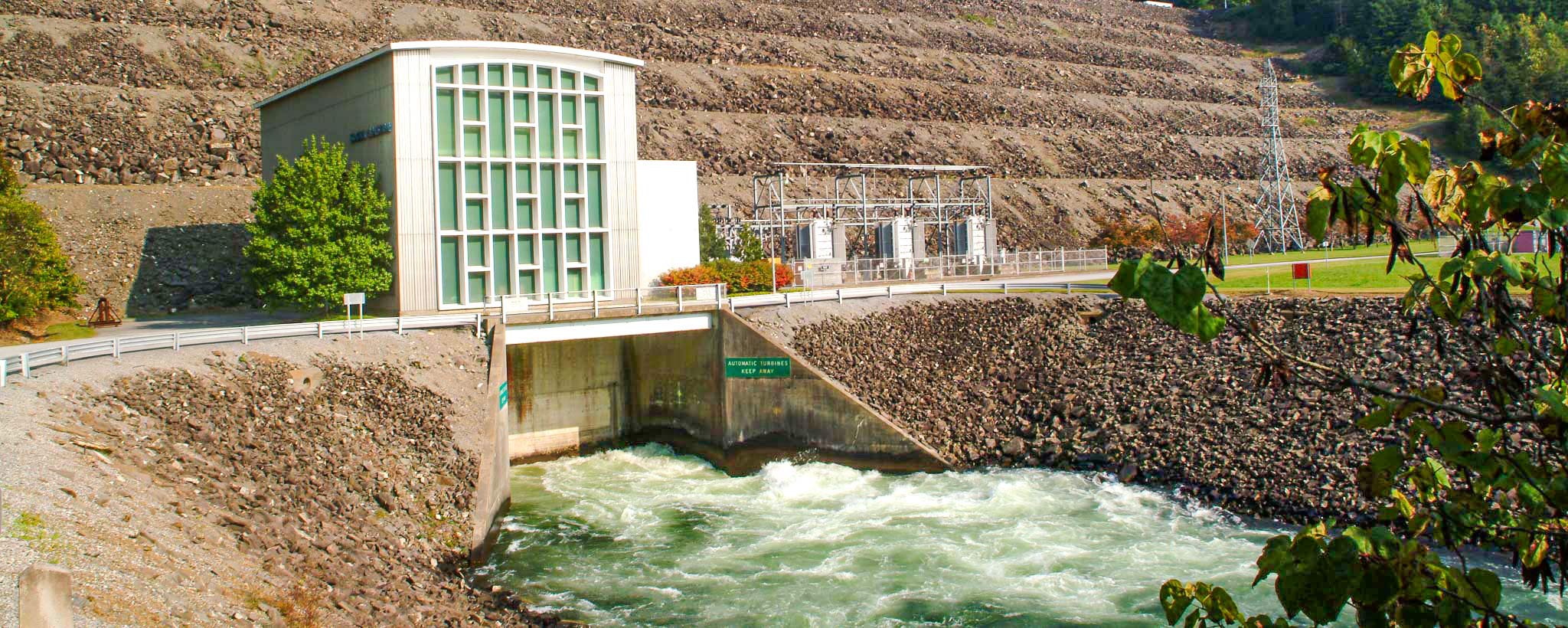
South Holston
In 1991, TVA built a weir below the South Holston Dam to add oxygen to the river when the hydropower plant wasn’t generating electricity. Oxygen-rich water helps create a sustained habitat for aquatic insects, vegetation, and fish.
South Holston Reservoir is on the South Fork Holston River in northeast Tennessee. It extends 24 miles east of the dam into Virginia. Construction of the dam began in 1942 but was halted in favor of other wartime construction efforts. The building resumed in 1947 and was completed in 1950.
South Holston is operated for several purposes, including flood damage reduction, power production, aquatic ecology, and augmentation of the flow of water during drier periods.
The South Holston Tailwater is home to a thriving wild brown trout fishery, making it a destination for fishermen from all over the world.
A footbridge from the parking lot below the dam leads to Osceola Island and its 1.8-mile-loop wildlife trail. Early in the morning or late in the evening are the best times to sight waterfowl, deer, and other wildlife.
South Holston: Facts & Figures
- Construction of the South Holston Dam began in 1942 and was completed in 1950.
- The earth-and-rockfill dam is 285 feet high and reaches 1,600 feet across the South Fork Holston River.
- South Holston Dam is a hydroelectric facility. It has one generating unit with a summer net dependable capacity of 41 megawatts. Net dependable capacity is the amount of power a dam can produce on an average day, minus the electricity used by the dam itself.
- In a year with normal rainfall, the water level in South Holston Reservoir varies about 25 feet from summer to winter to provide seasonal flood storage.
- The reservoir has a flood-storage capacity of 252,800 acre-feet.
- Find South Holston Dam at 918 South View Dam Dr., Bristol, Tenn.
